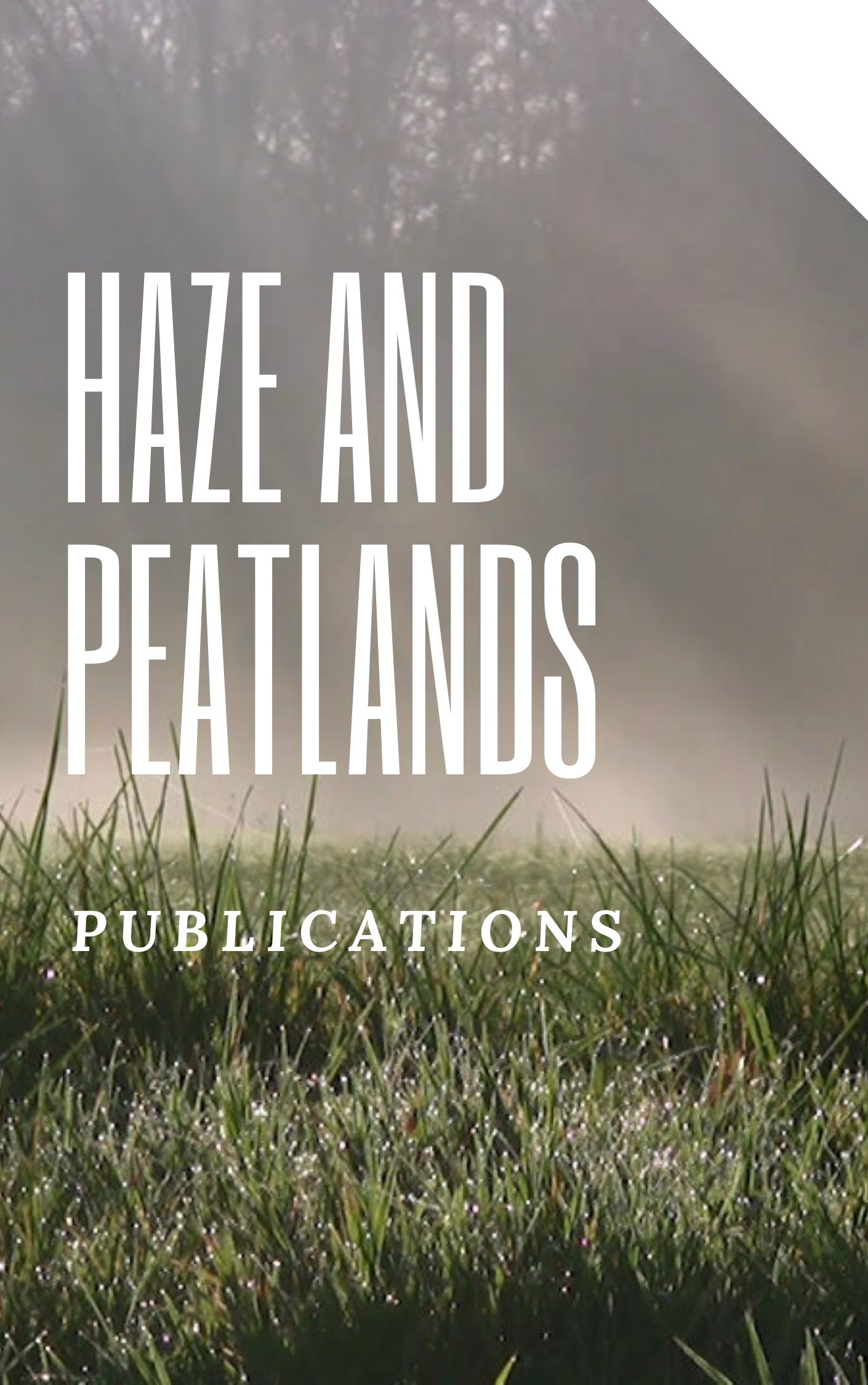Drainage of peatlands and deforestation have led to large-scale fires in equatorial Asia, affecting regional air quality and global concentrations of greenhouse gases. Here we used several sources of satellite data with biogeochemical and atmospheric modeling to better understand and constrain fire emissions from Indonesia, Malaysia, and Papua New Guinea during 2000–2006. We found that average fire emissions from this region [128 ± 51 (1σ) Tg carbon (C) year−1, T = 1012] were comparable to fossil fuel emissions. In Borneo, carbon emissions from fires were highly variable, fluxes during the moderate 2006 El Niño more than 30 times greater than those during the 2000 La Niña (and with a 2000–2006 mean of 74 ± 33 Tg C yr−1). Higher rates of forest loss and larger areas of peatland becoming vulnerable to fire in drought years caused a strong nonlinear relation between drought and fire emissions in southern Borneo. Fire emissions from Sumatra showed a positive linear trend, increasing at a rate of 8 Tg C year−2 (approximately doubling during 2000–2006). These results highlight the importance of including deforestation in future climate agreements. They also imply that land manager responses to expected shifts in tropical precipitation may critically determine the strength of climate–carbon cycle feedbacks during the 21st century.
View source

